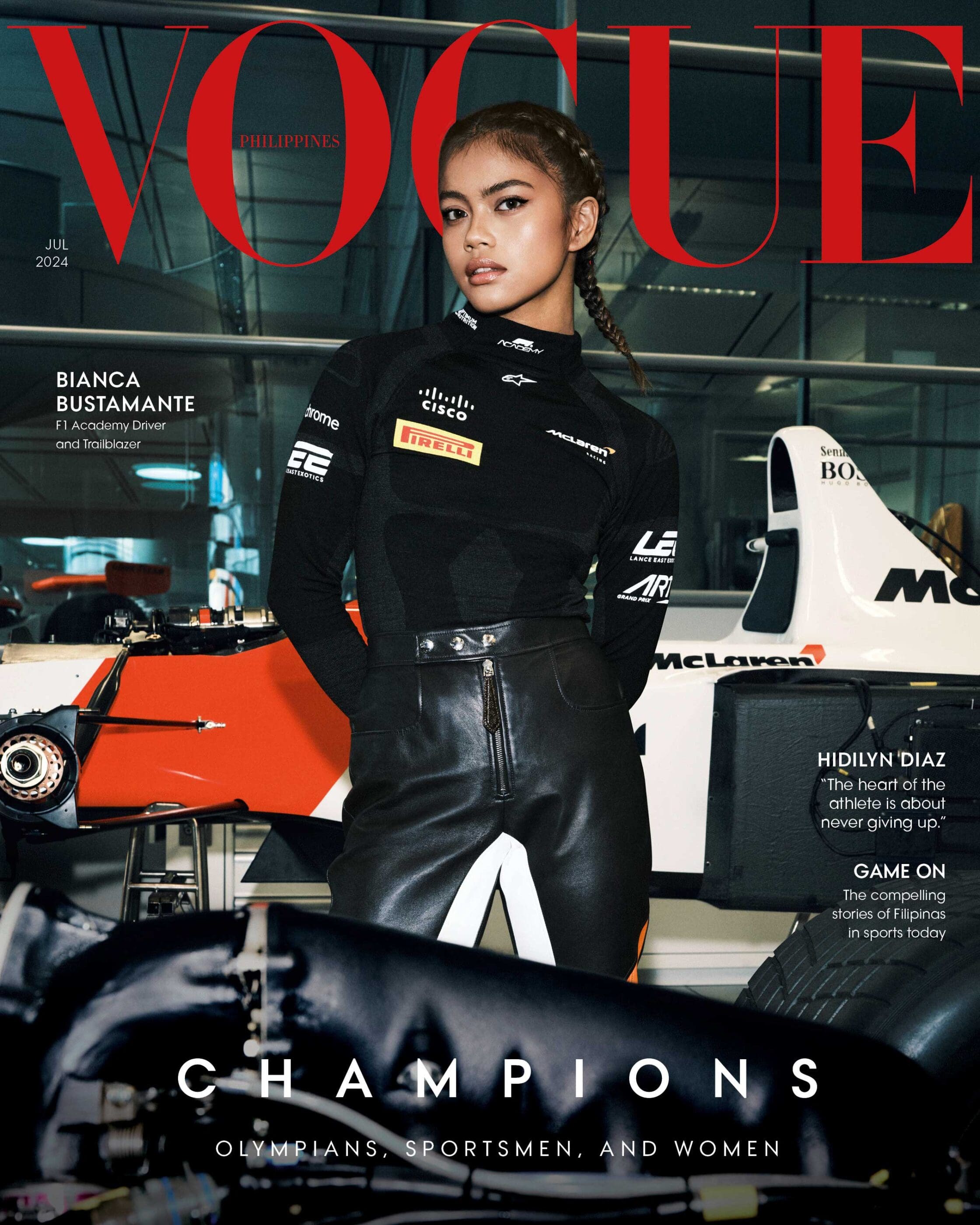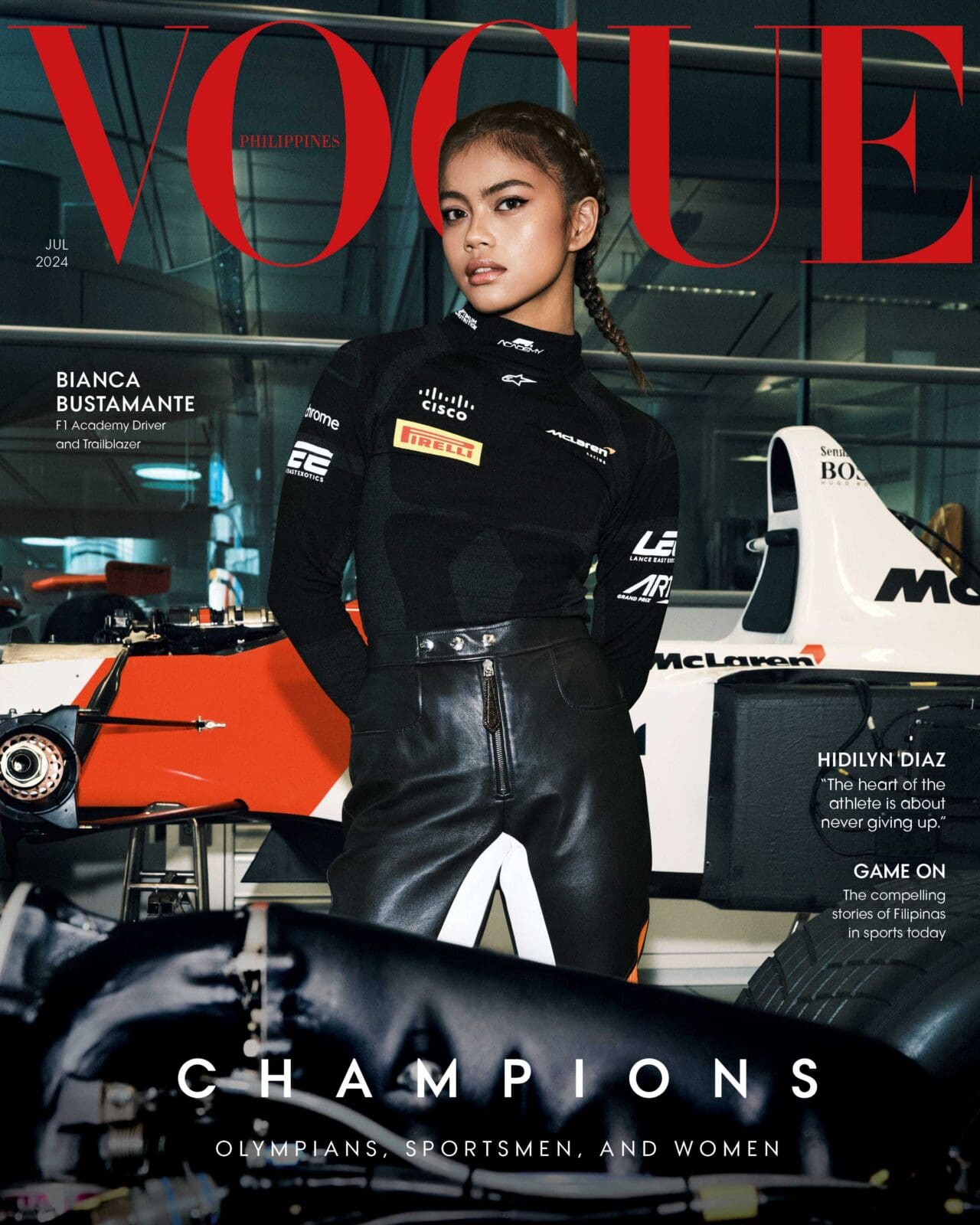In the span of one year, Bianca Bustamante has gone from having no seat and no funding to becoming the first female driver in the McLaren Driver Development Program. Vogue’s Audrey Carpio rides shotgun on the young woman’s drive to success.
The heat from the track shimmers the air as 16 identical Tatuus cars line up on the grid. It’s race day for the F1 Academy in Miami, and Bianca Bustamante is tucked inside her McLaren-orange car and her tropical themed Google AI-designed helmet, well positioned in P4. But when the red lights blink out, only 15 cars pull away. Bianca’s car sputters then stalls. For Filipino viewers, it’s a nail-biting moment watching the last car weave past her.
Coverage pans to the pack of cars as they chase their way around the circuit. Many long seconds pass until we finally see the papaya emerge from the haze, coming in like a rocket. Bianca is back in the race. Steadily she gains pace, overtaking one, two, then the next several cars. From trailing in the rear, Bianca’s determined sprint put her in P7 and earned her the fastest lap of the race. Her remarkable recovery was praised by the commentators.

On Race 2 the next day, everything went right, making up for the previous day’s mistakes. Bianca secured second place, her first win of her second season in the F1 Academy where she races for the ART Grand Prix team. With five more rounds of racing to go this year, there’s no doubt she’ll rise to any challenge thrown her way, and fans can count on her to spray more champagne on the podium.
It’s hard to imagine that only a couple years ago Bianca was in the pits—the metaphorical one. In October 2022, the W Series, the female-only racing championship that Bianca had entered as her first foray into the world of single-seater formula cars, went bankrupt. The abrupt cancellation of the series was a huge blow to Bianca, who for most of her life struggled to find a way to keep participating in this most expensive of sports. “I was barely surviving. I didn’t have a place of my own, or anything to my name really,” she says. She worked odd jobs, living from day to day. “Knowing that I couldn’t drive a race, I didn’t really find any purpose to exist. It was definitely hard.”
But where one door shuts, another is revealed. In the wake of the W Series ending, the newly launched F1 Academy took over the task of developing young female drivers for higher levels of competition. By February of 2023, Bianca was signed to the Italian Prema Racing team for the F1 Academy’s inaugural season. Vogue Philippines photographed Bianca on a karting track in Tarlac just before she left to train for the opening race in Spielberg, Austria, and the next phase of her racing life.
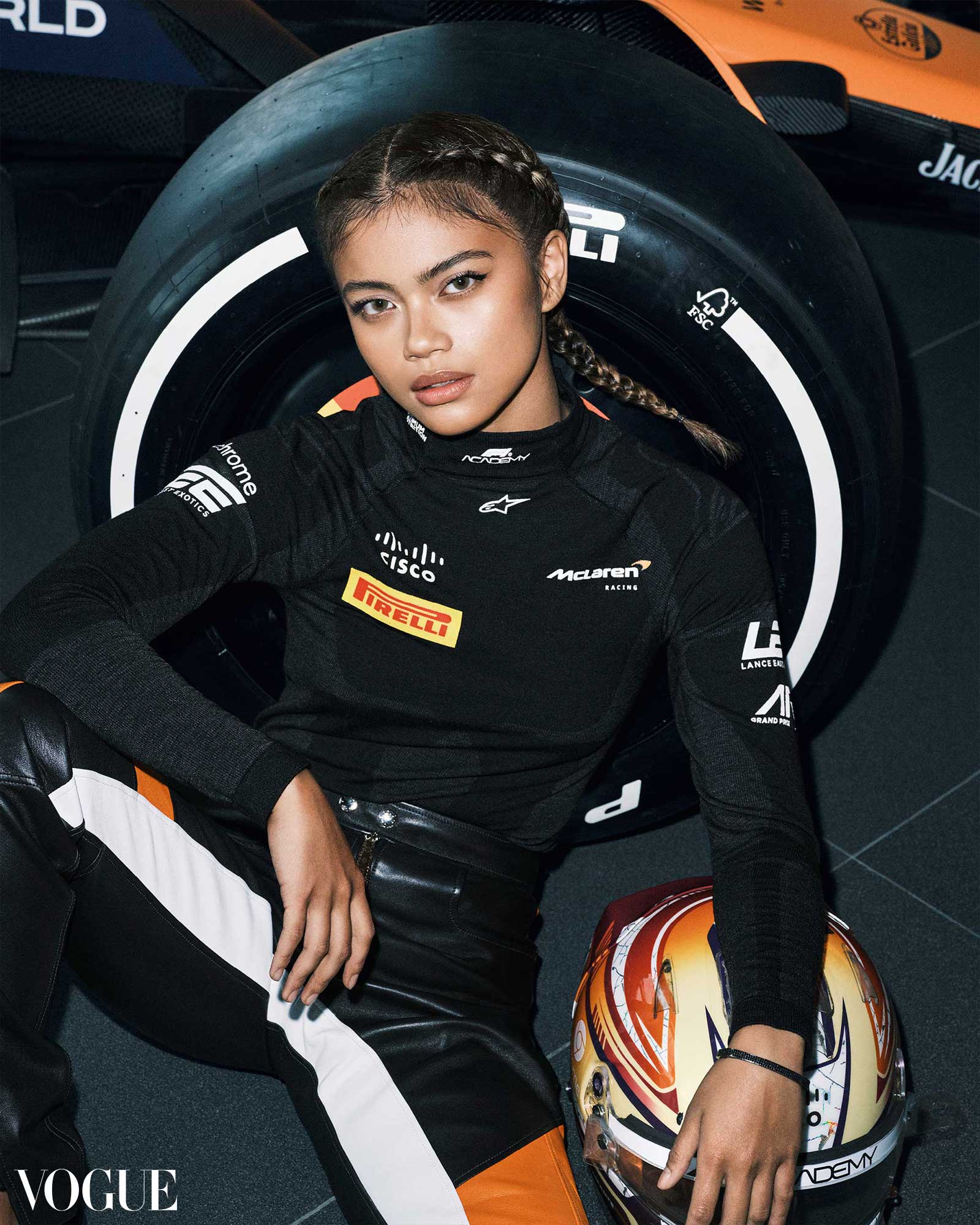
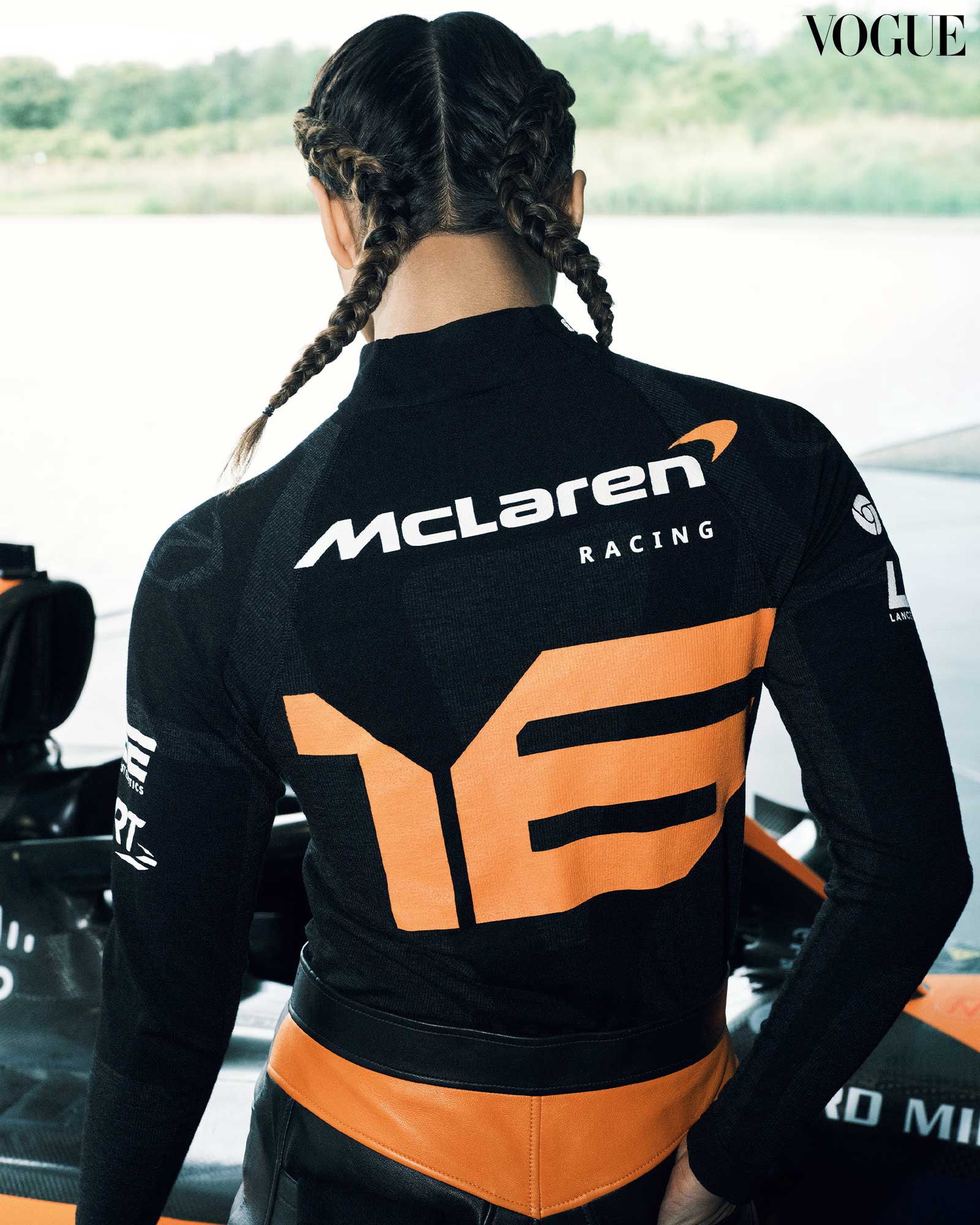
A year later, Vogue Philippines meets Bianca in the UK. The setting of the shoot is now the massive, ultramodern headquarters of the McLaren Technology Centre in Woking, England. She poses with the legendary Ayrton Senna’s red and white McLaren, a car that has the F1 fanboys in the crew geeking out. In the span of one year, Bianca has gone from having no seat and no money to becoming the first female driver in the McLaren Driver Development Program, among whose notable graduates include her role model, Lewis Hamilton.
“I was about 17 [when I joined the W Series], I was very young and I didn’t know so much about the world. That’s changed, I believe. In the past two years, I’ve grown into a driver that I always wanted to be, and I’m now driving for my dream team and McLaren,” she says. “But in the midst of all that, there were a lot of setbacks and heartbreaks.”
“I still love the sport, and I’m willing to give up everything for it. I’ve said it a million times, I’m willing to bleed for the sport”
It wasn’t the first time that Bianca was faced with an existential crisis. During the pandemic, with no opportunities for her to race and her family struck with financial difficulties, she was set to retire from racing for good. Darryl O’Young, an accomplished racing driver from Hong Kong, noticed on social media that she had stopped competing and decided to reach out. Darryl immediately recognized the determination that was bubbling in her, and through his motorsport marketing agency he helped restart her career. “I also had to develop a racing career from scratch,” he says. “And I felt like if I had someone who had the experience that I had, and I was able to get that kind of guidance and support early on, it would have changed my career.”
The progress Bianca has made across all fronts is impressive, to say the least. “This year was not so much about pure driving ability but about mental growth,” says Darryl, who points out how drivers from Asia are at a disadvantage compared to those who have grown up racing in Europe, acclimatized to the highly competitive world of F1. “The difference is like training with Olympians.”
Working with sports psychologists has helped Bianca build up her confidence and develop a winning mentality, the “mental tenacity and confidence to drive that car, to hammer down and to dance and to just feel one with yourself,” she describes. “You need that link with your brain, body, mind, and soul along with the car, and the minute that that link is broken with a doubt in your head, you can make mistakes that are very costly.”
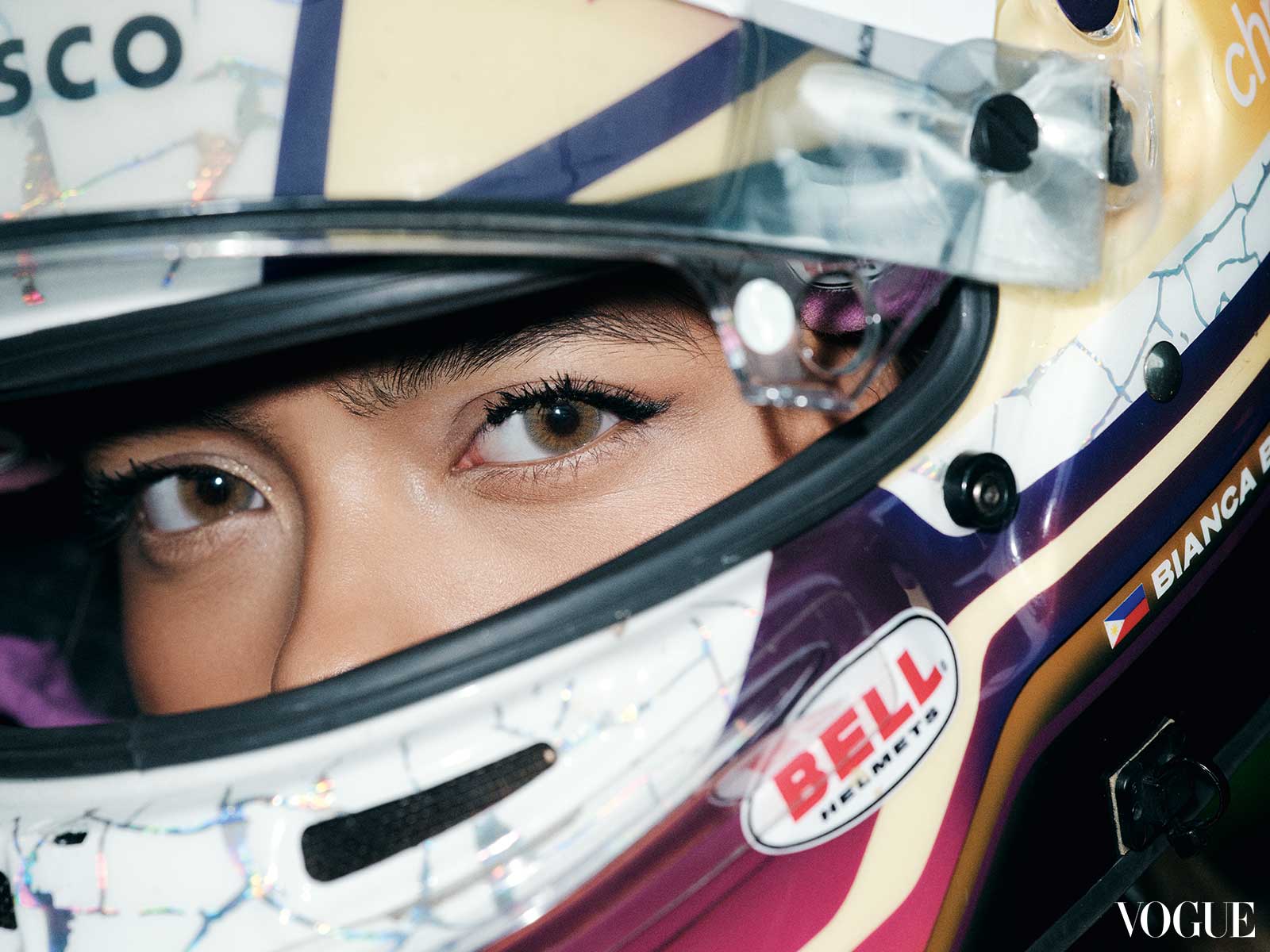
McLaren coming on board has been a game changer, not just with the sports psychologists, trainers, and nutritionists but with an overall support system for the young driver. Darryl recalls being affected when Bianca mentioned how the other drivers in the F1 Academy would get to go home to their families after race weekends, while she just had an empty hotel room to return to. “Now she has a residency in London that’s been set up with McLaren, and that creates a lot of mental stability, which allows her to focus on training and performance.”
Performance is not just how well you do on track, either. Success is dependent on constantly having to self-fund: finding brand deals, endorsements, partnerships, as well as opportunities to give back. (Her Ube Brownie collab with Marsatta Chocolate, for example, benefits the Kusina ng Kalinga feeding initiative.)
“That’s a very important part of motorsport, constantly building that image and branding that will help you in the long term as you grow,” Bianca says. “The funny part about racing is that you’re constantly living so close to the edge that you’ll never really feel at ease. Everyday just feels like a struggle. But in a good way, in the sense that I love it. I love having to continually strive for it.”
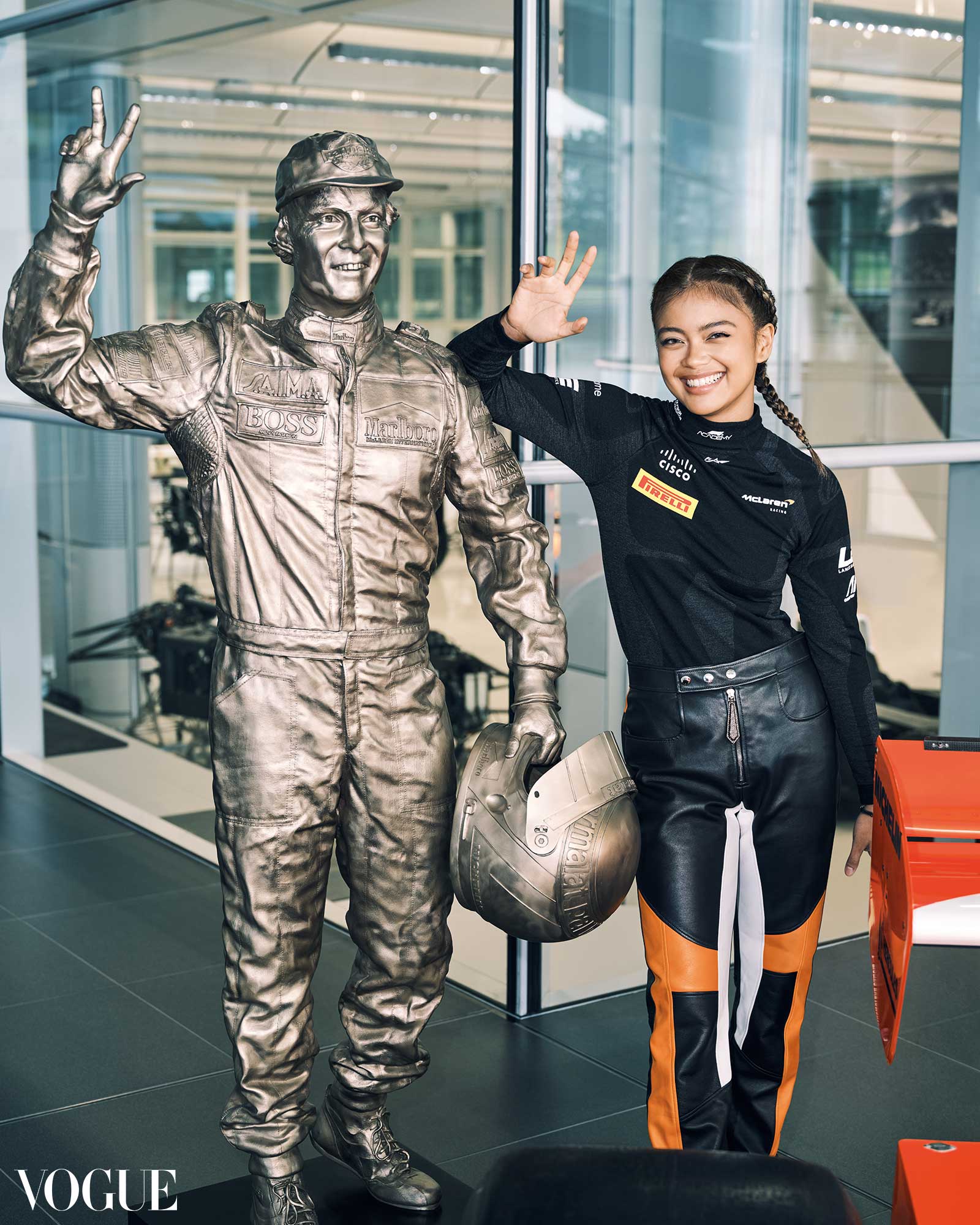

And while it is her ultimate dream to make it to Formula 1, Bianca acknowledges that there’s still quite a long way to go for any woman driver to land one of 20 seats at an F1 race. Darryl agrees that women shouldn’t have to be rushed up a system that was built around men, and instead try to create a system that works for them.
“That’s why F1 Academy matters, and all these other initiatives that bring light to the sport to show that it’s no longer a man’s world,” Bianca continues, “that it’s going to evolve into something truly beautiful, the paddock brimming with female talents, and not just as drivers, but as mechanics, engineers, strategists, photographers. You can see Formula One turning into something that’s really so equal.”
And why not drive like a girl? “I like being a woman. I live my emotions 100 percent. I’ve worked with sports psychologists to be able to handle my emotions better, but the fact is that when it matters the most, I’m the one who can love racing the most, even when I hate it. My love is so strong that even if I’m starving, bankrupt, homeless, I still love the sport, and I’m willing to give up everything for it. I’ve said it a million times, I’m willing to bleed for the sport.”
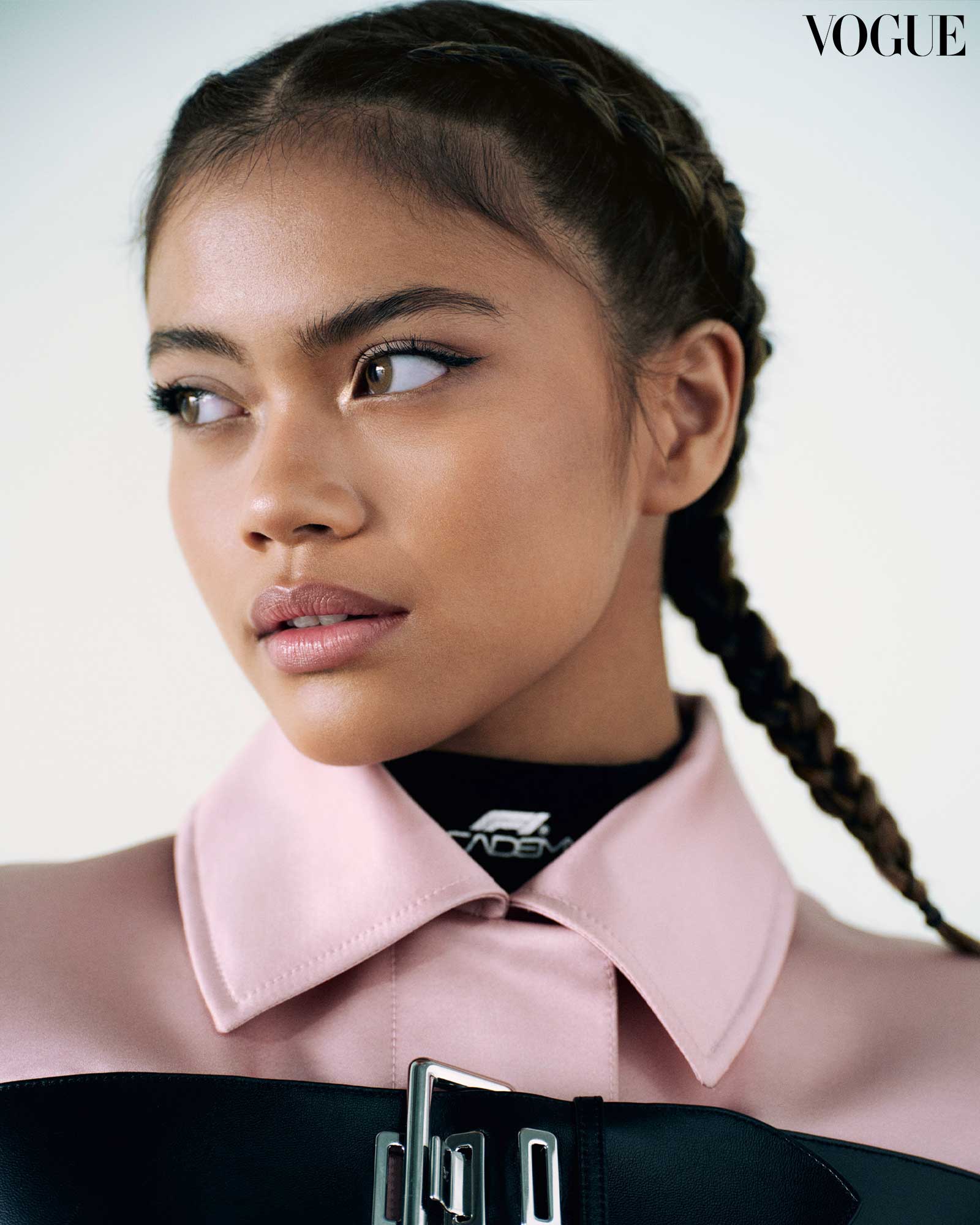
Being in a team with two other teen girls, Aurelia Nobels from Brazil and Lia Block from the USA, has allowed Bianca to be her girliest self. She admits they are the loudest group in the paddock, taking selfies and being silly and talking about hair and makeup. “We go through the same things, like having a period or a bad hair day, and it’s not something you can talk about with male drivers. It’s nice to be understood.” That said, despite their close bonds of sisterhood, it’s also understood that once on the track, “it’s every woman for herself, and we all want to win.”
For Bianca, Asian representation in racing matters as much as female representation. She had never imagined that she would get to travel the whole world this way, but now, “I get to do that and I get to bring my country with me. I get to raise the flag, be proud of who I am and where I came from,” she says. “It matters that everyone back home in the Philippines gets to live the dream with me.”
Photographs by SHARIF HAMZA Fashion Director: PAM QUIÑONES. Stylist: Caterina Ospina. Makeup: Olly Fisk. Hair: Tommy Taylor. Talent: Bianca Bustamante. Art Director: Jann Pascua. Producer: Toms Baritis. Production Assistant: Zaeem Jafri. Photographer’s Assistant: Elliot Gunn. Stylist’s Assistant: Censi Lucena
